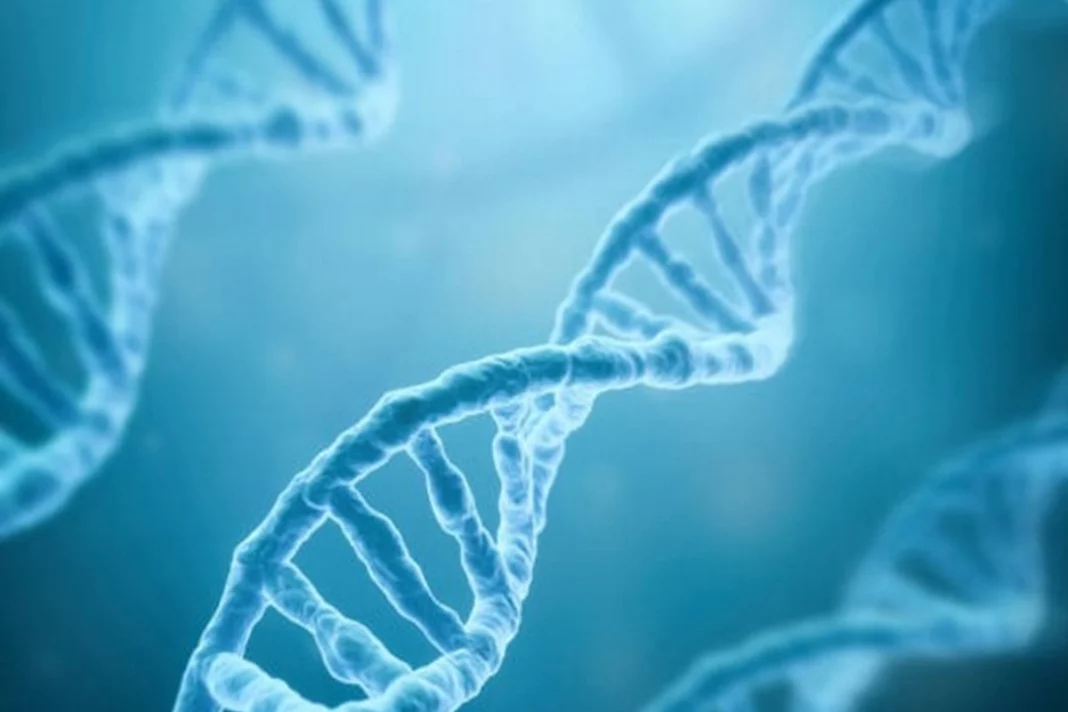Imbalanced genes: Researchers in Northwestern University have used artificial intelligence to analyse data from a wide variety of tissues that they collected from humans, mice, rats and killifish. They discovered that the length of genes can explain most molecular-level changes that occur during aging.
What came as a surprise was that this finding was near universal and had similar pattern across several animals, including humans, and across many tissues (blood, muscle, bone and organs, including liver, heart, intestines, brain and lungs) analyzed in the study.
Balance is important
“The imbalance of genes causes aging because cells and organisms work to remain balanced — what physicians denote as homeostasis,” said Northwestern’s Luis A.N. Amaral, a senior author of the study. “Imagine a waiter carrying a big tray. That tray needs to have everything balanced. If the tray is not balanced, then the waiter needs to put in extra effort to fight the imbalance. If the balance in the activity of short and long genes shifts in an organism, the same thing happens. It’s like aging is this subtle imbalance, away from equilibrium. Small changes in genes do not seem like a big deal, but these subtle changes are bearing down on you, requiring more effort.”
Tissue samples analyzed
The research team first analyzed tissue samples from mice of 4 months, 9 months, 12 months, 18 months and 24 months of age. The median length of genes shifted between the ages of 4 months and 9 months. This finding hinted at a process with an early onset. Then, the team analyzed samples from rats, aged 6 months to 24 months, and killifish, aged 5 weeks to 39 weeks.
Once the research was completed, the researchers now focused on humans. They looked at changes in human genes from ages 30 to 49, 50 to 69 and then 70 and older. Measurable changes in gene activity according to gene length already occurred by the time humans reached middle age.
The researchers noticed subtle changes in all animals, to thousands of different genes across samples. This means that not just a small subset of genes that contributes to aging. Aging, instead, is characterized by systems-level changes.
Prevailing biological approaches that study the effects of single genes are different. Researchers expected to be able to attribute many complex biological phenomena to single genes. And while some diseases, such as hemophilia, do result from single gene mutations, the narrow approach to studying single genes has yet to lead to explanations for the myriad changes that occur in neurodegenerative diseases and aging.
Balanced number of proteins
A very long gene yields a large protein. And a short gene yields a small protein. According to Stoeger and Amaral, a cell needs to have a balanced number of small and large proteins to achieve homeostasis. Problems occur when that balance gets out of whack.
“Some short genes could have a short-term advantage on survival at the expense of ultimate lifespan,” Stoeger said. “Thus, outside of a research laboratory, these short genes might help survival under harsh conditions at the expense of shortening the animal’s ultimate lifespan.”
This finding also may help explain why bodies take longer to heal from illnesses as they age. Even with a simple injury like a paper cut, an older person’s skin takes a longer time to recover. Because of the imbalance, cells have fewer reserves to counteract the injury.
Also Read: iPhone 14: This smartphone delivers yet again! Emergency SOS feature saves a life in Alaska
Study could explain illnesses
And because thousands of genes change at the system-level, it doesn’t matter where the illness starts. This could potentially explain illnesses like long COVID-19. Although a patient might recover from the initial virus, the body experiences damage elsewhere.
“Fevers can occur for many, many reasons,” Amaral said. “It could be caused by an infection, which requires antibiotics to cure, or caused by appendicitis, which requires surgery. Here, it’s the same thing. The issue is the gene activity imbalance. If you can help correct the imbalance, then you can address the downstream consequences.”
Keep watching our YouTube Channel ‘DNP INDIA’. Also, please subscribe and follow us on FACEBOOK, INSTAGRAM, and TWITTER.


